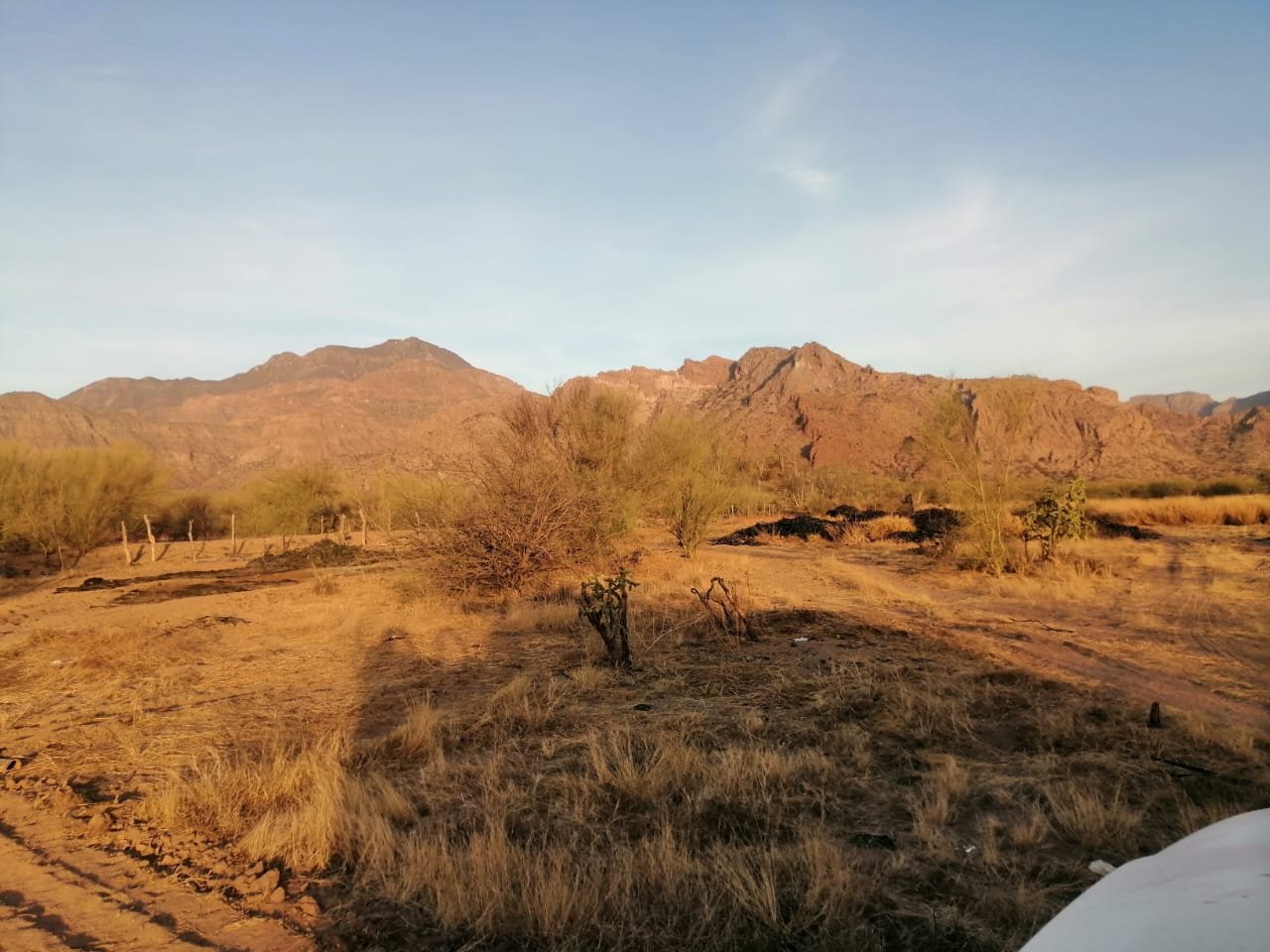Recycling Irrigation Plastics Keeps It Out of Landfills
For decades, irrigation has helped farmers produce higher yields of better quality using fewer resources. But at the end of its lifecycle, many irrigation plastics need to be recycled. Until recently, most recycled drip tapes, polytube and driplines were dumped in landfills, burned, buried, or stacked on the farm, or abandoned in unsightly piles in the desert (as shown in the photos below).
KLM & EnviroClean aRE rECYCLING Truckloads of Plastic
KLM has partnered with Cesar Diaz of EnviroClean Recycling of Loreto, by providing funding, support and supplemental workers, to remove plastic irrigation piping from the greater Loreto area and send them to recycling partners in Mexico.
Below are photos of two truckloads of plastic irrigation tubing removed from the San Juan Londo basin just this month by EnviroClean and KLM staff, led by Cecilia Fischer.
The Recycling Process: Plastic Irrigation Tubing
Thankfully, plastic irrigation pipes can be recycled, allowing them to be reused in a variety of ways. Through the recycling process, plastic irrigation pipes can be made into new pipes, as well as a variety of other products. Not only does this help reduce waste, but it also helps conserve natural resources, and prevents plastic chemicals from leaching into our watersheds, like the San Juan Londo basin.
Once at the recycling facility, the plastic can be processed into post-consumer resin (PCR) to produce trash can liners and other agricultural and construction sheeting products. As a result, spent agricultural plastics are always wanted and are never turned away due to the fluctuating international PCR prices that traditional recyclers/waste haulers are dependent upon. In addition, local jobs are created, the need for virgin resins is reduced, and a sustainable business model is created.
The Recycling Process: PVC Irrigation Pipes
PVC is a widely used material, but it must be recognized that it can cause long-term environmental harm and can be recycled. Polyvinyl chloride (PVC) is a type of plastic known for its long-term stability as well as its durability. It has excellent oxidation and chemical resistance, making it an excellent material for a variety of plastic products.
PVC, on the other hand, is a biodegradable material. It can be broken down by a fungus or by thermal decomposition, but it may take a long time. PVC cling wrap, for example, can take more than 450 years to degrade, making it a major contributor to plastic pollution. Raw PVC contains extremely high levels of chlorine, as well as hazardous additives used to achieve desired material qualities.
The recycling of plastic waste is becoming more prevalent as people become aware of its environmental impacts. PVC can be recycled repeatedly up to eight times depending on the application.
Benefits of Recycled PVC
Recycled PVC is a great way to reduce your environmental impact while also getting the same great quality product. PVC is a type of plastic that is often used in construction, plumbing, and other industrial applications. By recycling PVC, you can help reduce the number of new materials that need to be produced and help keep the environment clean. Additionally, recycled PVC is often much more affordable than buying new, so it is an easy way to save money while still being eco-friendly.
Sources:
Lilian Lancen, Recycling Plastic Irrigation Pipes: A Guide To Benefits And Processes, Climate of our Future, 27 Feb 2023.
Inge Bisconer and Dhu Thompson, Recycling Keeps Plasitcs Out of Landfills, Irrigation TODAY, Vol. 2, Issue 2, October 2017, pp: 22-23.















